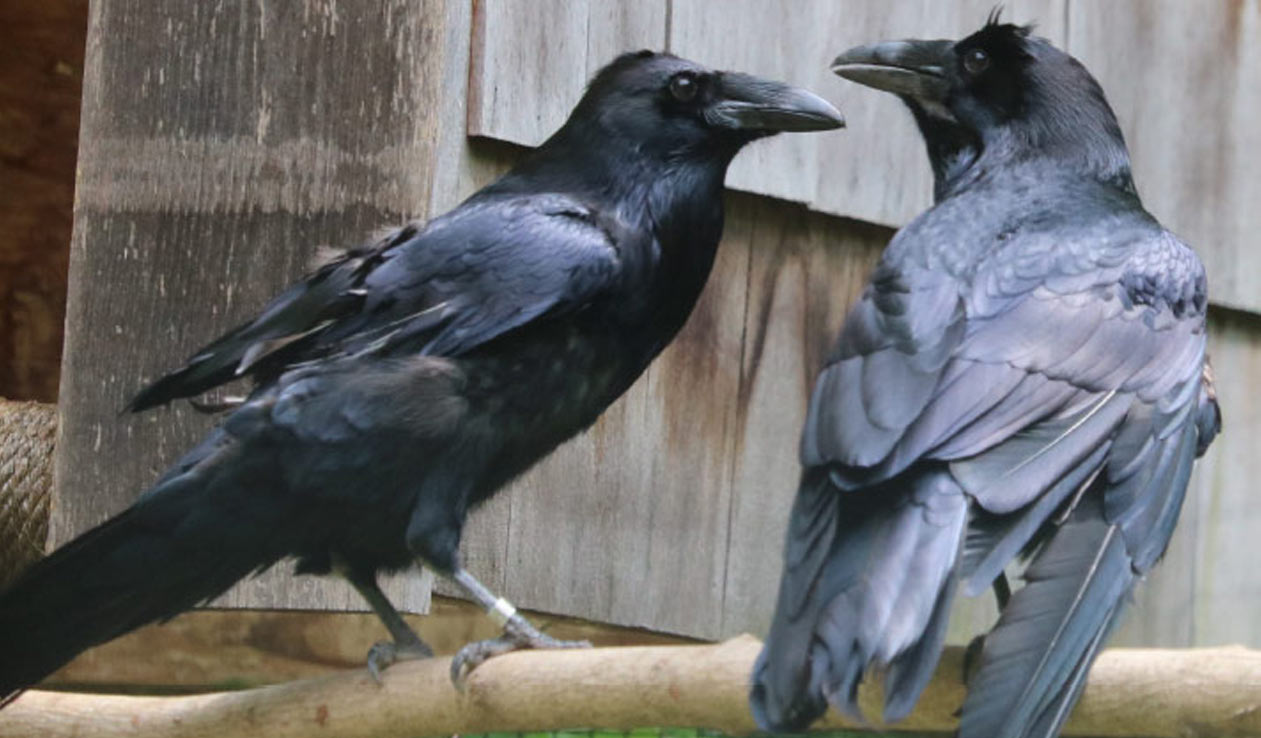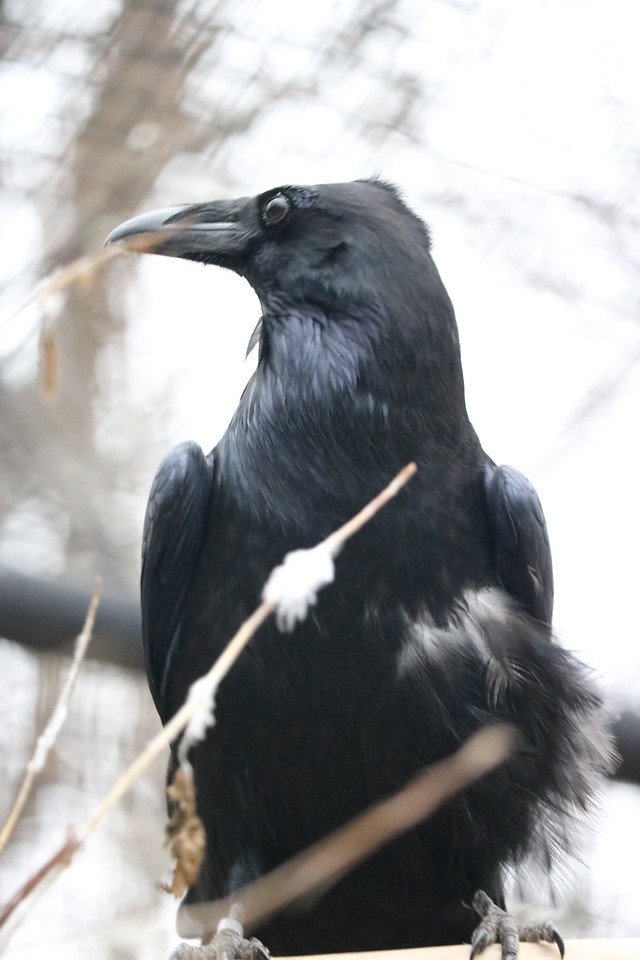Meet Our Animals
The Brandywine Zoo proves that great things do come in small packages. The Zoo features animals from the tropical and temperate areas of North and South America, Asia and Africa. Our animals range from more common species to the highly endangered. All enjoy natural settings and welcome your visit to the zoo. Some animals may be off exhibit during cold weather.
Corvus corax
Common Raven

Habitat
Geographic Region & Range
Diet
Under Human Care: Bird of Prey meat, produce, insects (mealworms and crickets), hard boiled eggs, fish, and mice.
Physical Description
Common ravens have a wedge shaped tail and a large, black body.
Lifespan
Natural Habitat: 10 – 15 years
Under Human Care: 40 – 50 years
Threats
Status

What are AZA Zoos doing for
Common Raven
Many zoos like the Brandywine Zoo have rescued or rehabilitated ravens living under their care. Zoos across the country often give homes to injured and rescued wildlife who would not be able to survive without human care.
Fun Facts
A flock of ravens is called an “unkindness.”
Ravens are the largest of the passerines – also known as “perching birds.”
By consuming carrion (decaying animal flesh), avian scavengers like ravens likely aid in reducing the spread of diseases.
Ravens are known to use tools and barter, making them as intelligent as parrots, great apes, and small human children.
